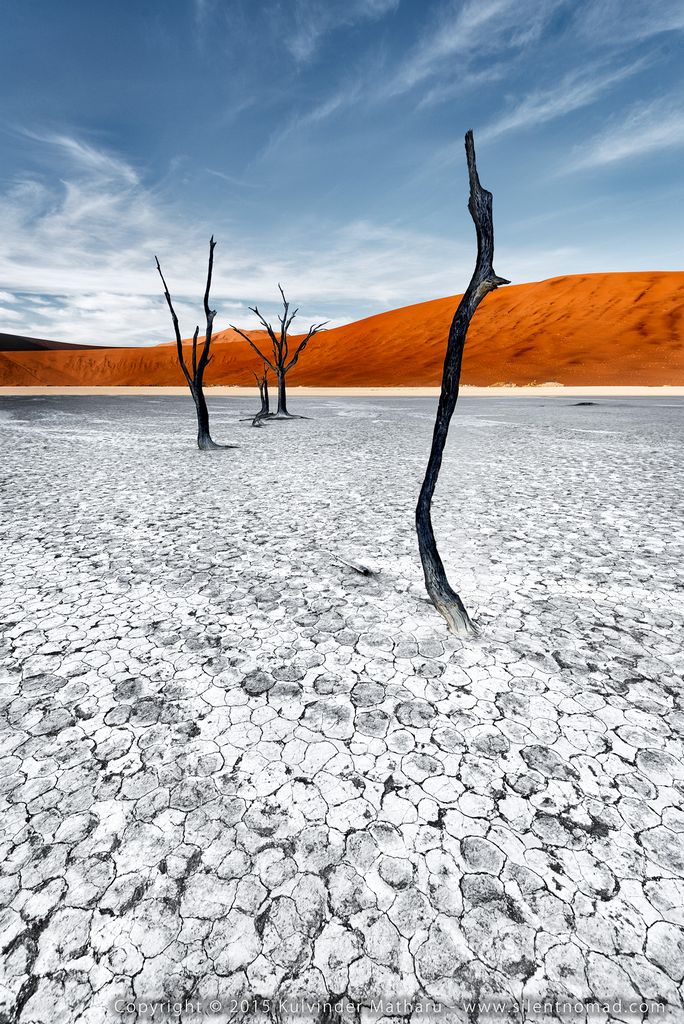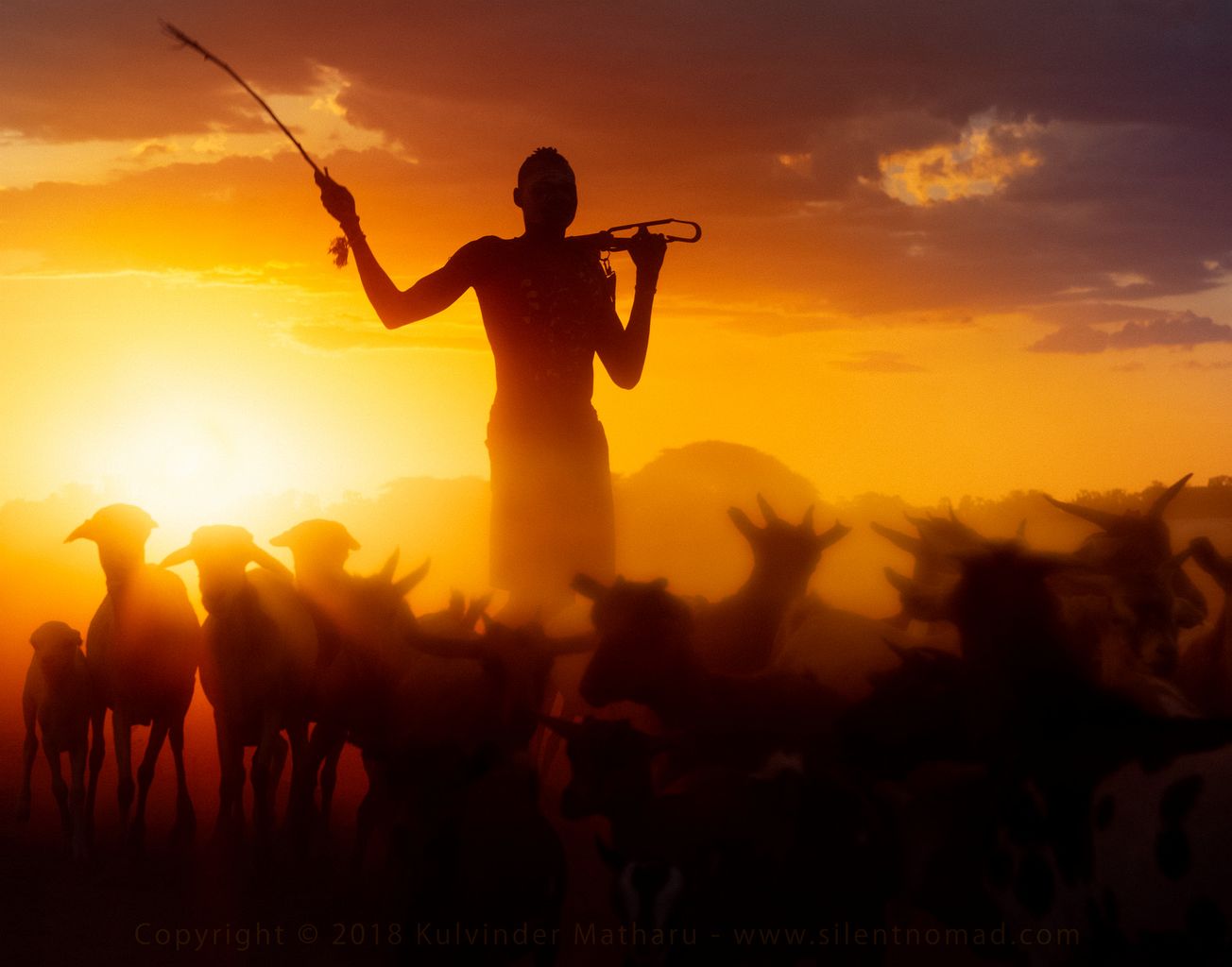We had made a very early start to the day, it was well before sunrise, for our journey to some fields near Hpa An in Myanmar. Traipsing across the fields, surrounded by the irregularity of the karst landscape, we soon reached our objective where we saw a handful of women hand-cutting the crops. Here, an older woman greeted us with a smile, perhaps somewhat surprised that we wanted to take photographs of her and her co-workers.
Tag: light
Dead trees of Deadvlei
A unique view of the dead, desiccated trees of Deadvlei in Namibia which I photographed in August 2015.

“Deadvlei” from the English word “dead” and the Afrikaans word “vlei” for marsh. It was once an area fed by the Tsauchab River where trees and other plants flourished. Perhaps 600-700 years ago, maybe 900 years ago, the changing climate and encroaching sand dunes conspired to cut-off the water supply, killing-off the trees and most of the plants.
Today, visitors are greeted by an eerie but spectacular sight. Illuminated by the brilliant blue skies, a white clay pan is surrounded by rust-coloured sand dunes which are reputed to be some of the highest in the world at over 1,312 feet (400 metres). And the trees; dead, desiccated, and scorched black by the sun. Truly a forest of the dead.
Goat herder at sunset
In the Omo Valley, Ethiopia. Towards sunset, the goat herders of the Kara tribe were bringing their goats back to the village. With the red of the sunlight filtering through the dust, I jumped straight in with my camera, sometimes through thorns on my hands and knees, but was fortunate to have captured some beautiful scenes.
Lighting up!
Turkana and Samburu dance together
The annual Lake Turkana festivities see around a dozen tribes, mainly from northern Kenya, take part in cultural exchanges and traditional dances. It’s quite a fascinating couple of days and provides opportunities to see local tribes who are not normally on a safarist’s bucket list. For example, I found one local El Molo village to be just a few rudimentary huts loosely strewn together, surviving largely through fishing. A dwindling tribe, the El Molo may soon disappear through assimilation and intermarriage with other local tribes.
With the day’s festivities finished and with the onset of twilight, a few miles from the nearest village, the tribes of the Turkana and Samburu dance well into dusk on the windswept shores of Lake Turkana. Seeing the tribes enjoying each other’s company, it can sometimes be difficult to remember that cattle-stealing is causing much strife between the different tribes. But initiatives such as the Lake Turkana festival will help promote trust and understanding.







